Now we are going to the ghettos of Germany.
Germany received a large number of immigrants from Turkey in 1961, and many Turks went to Germany to work. By 1973, the number of Turks in Germany had reached 1 million. When we come to the present day, we see that this figure corresponds to three percent of the population of Germany. When the expatriates went to Germany, they did not calculate that they would stay for a long time. Germany was a place for them to make money temporarily. No one was making permanent plans, they were counting the days when they would return to their homeland. The plans did not go as planned. Expats have already knocked over more than half a century. They managed to be permanent, but the rest was an adaptation process. German families spent most of the day at work. They did not have a social life, they were all trying to earn money by working in many places. Young people, on the other hand, had to adapt more quickly to the streets of Germany because they spent most of their days there.
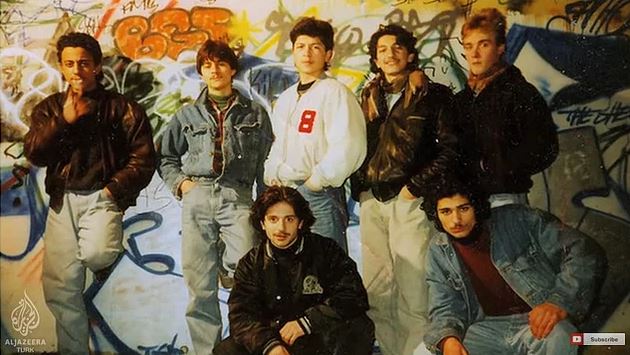
With the rise of the neo-Nazi movement in '89, racism began to rise in Germany. In the early 90s, Turks were the majority of the targets of apartheid activities. Violence against Turks escalated and Turkish families were in danger.
In response to the increasing violence, Turkish youth decided to come together and form a gang. The street gangs we see in American movies began to form in Germany to protect themselves from racism. The effect provoked a reaction, and the protagonists of our story, the 36 Boys in Berlin, Kreuzberg, the largest street gang in Germany, emerged.
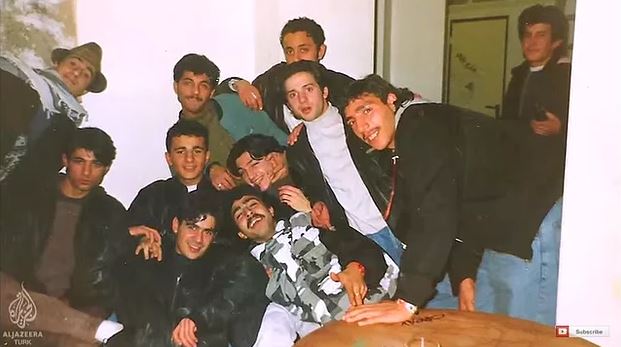
The 36 Boys gang used to call themselves the Thunderbolts. Later, their deceased friend Maxim had a suggestion and the group took its current name. 36 was Kreuzberg's postal code. Turks used 36 a lot in their letters. This also influenced the name of the group.
The 36 Boys started by clearing Kreuzberg of racists. Gang members who engaged in physical struggle with skinheads who disturbed them were successful. In those years, it fell to the young people of the 36 Boys to protect Turkish families. They fought many fights to protect themselves. The gang was actually quite colorful. They had their own dancers, printed t-shirts, graffiti artists.
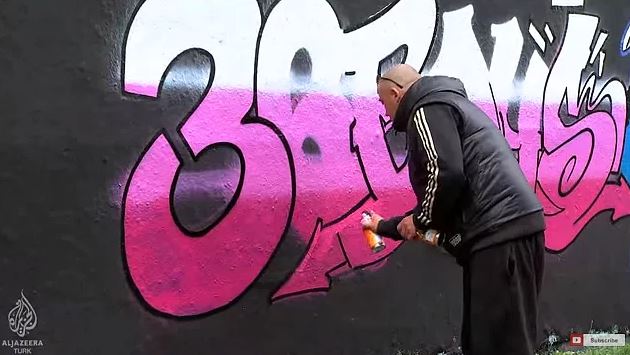
The gang is no longer active, but the 36 Boys are still not forgotten. People can still see 36 Boys graffiti in various parts of Kreuzberg. In fact, all the members of the gang were not only Turkish, but also members of different nationalities were in 36 Boys. The Berlin Senate later declared the areas where the gang was located as dangerous areas and had its former members start working. The members' job was to keep the children off the streets and to be able to help them.
The 36 Boys are still a symbol for immigrants in Germany.
Former members of the gang include; Muzaffer Tosun, who is an intercontinental boxing champion and currently a trainer,
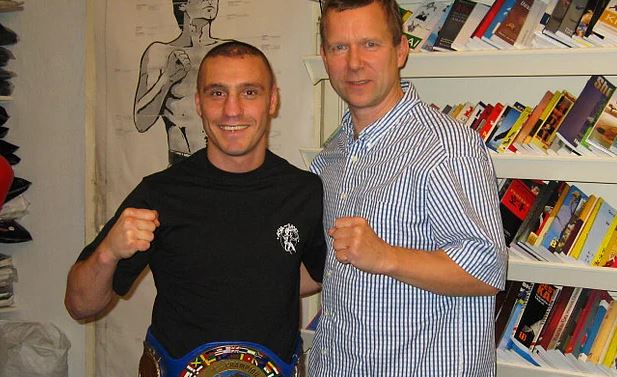
Tim Raue, who is now the chef of a restaurant and even has a book about his life story
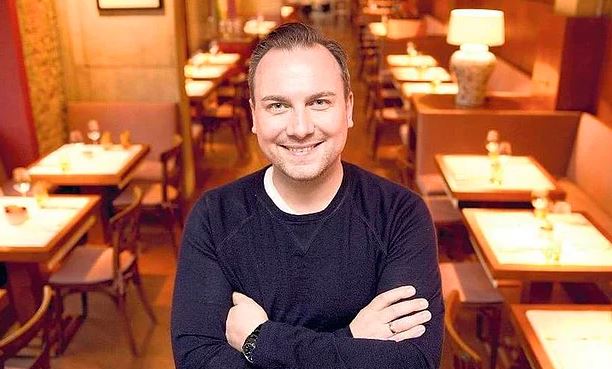
And there's the famous rapper Killa Hakan, whom we all know. Killa Hakan (my personal opinion) is one of the best Turkish rappers, by the way.
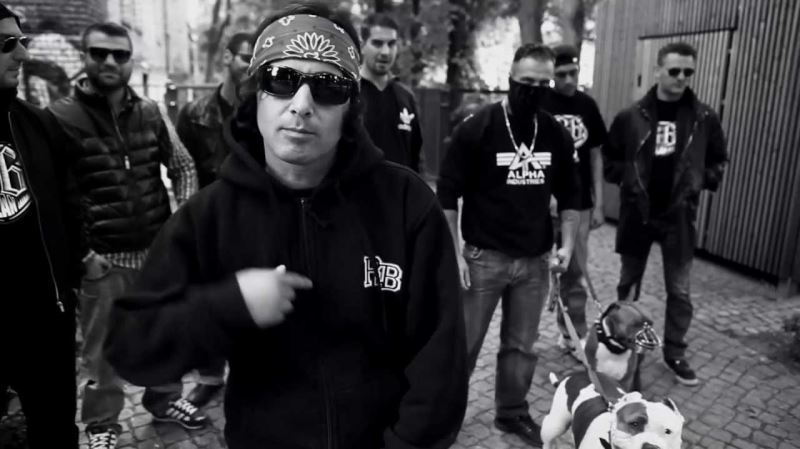
Al Jazeera has a good documentary on this subject for those who want to watch it as a source;

Follow Me